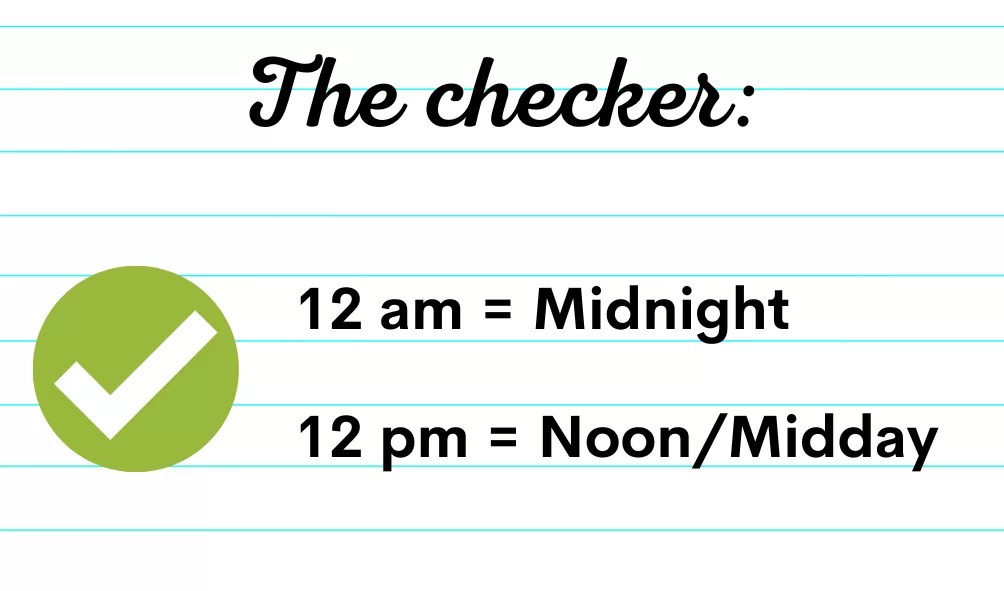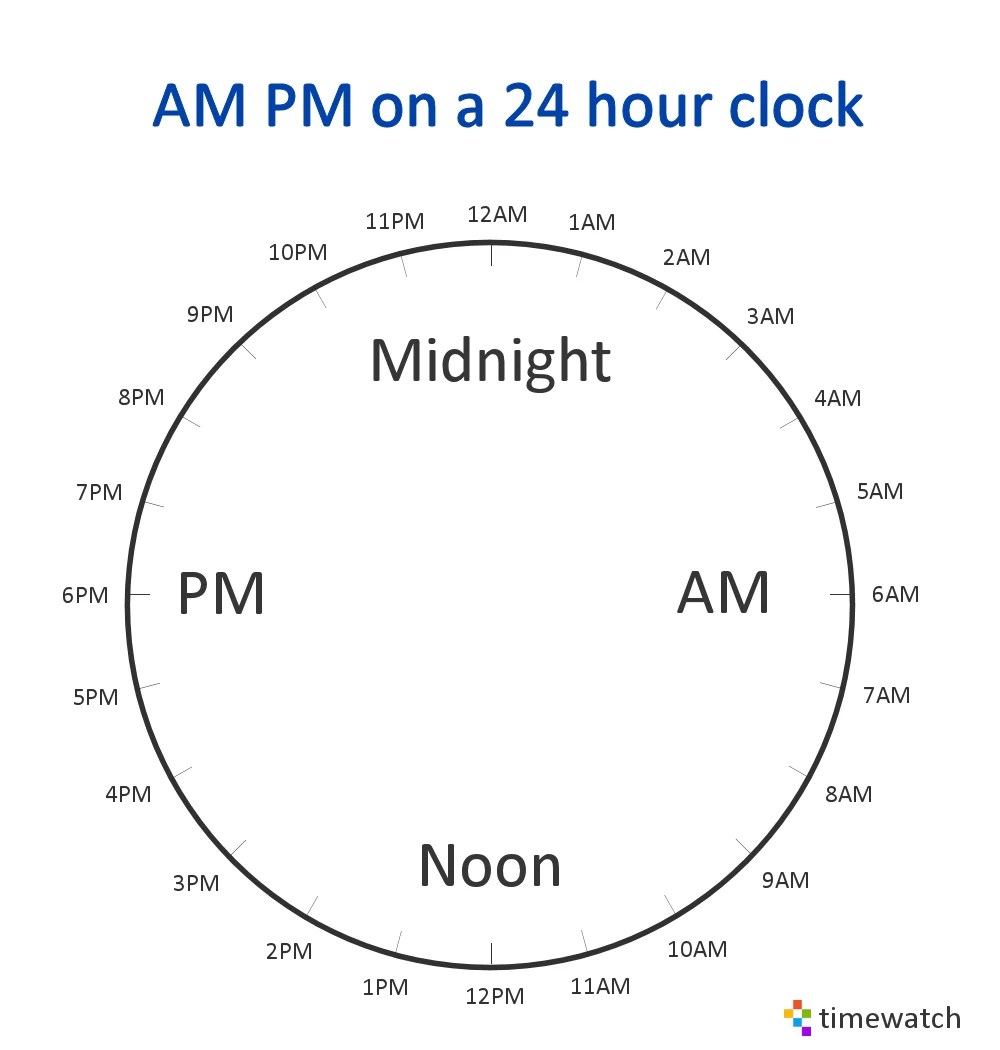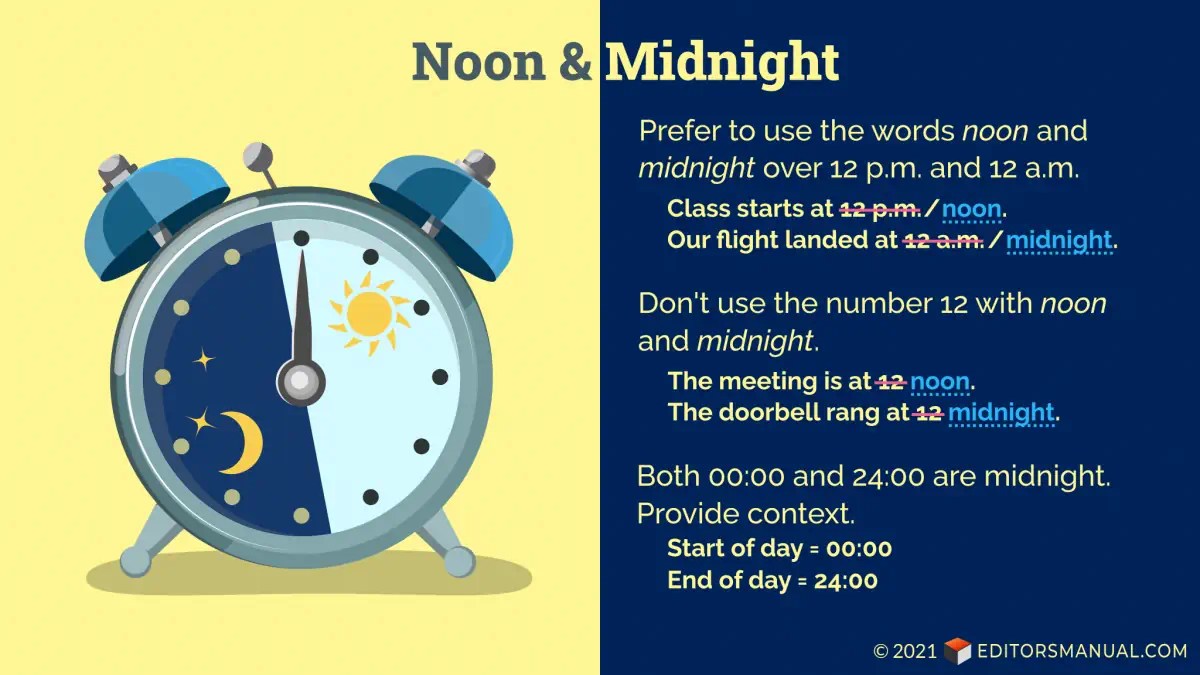Understanding Time: Is 12pm Noon?
The concept of noon has been a part of our daily lives for centuries, yet many people still find themselves confused about what exactly it signifies. The term "noon" is derived from the Latin word "nona," which means "ninth," referring to the ninth hour after sunrise. As a result, noon is often associated with the middle of the day, specifically at 12:00 PM. However, the distinction between AM and PM can sometimes lead to misunderstandings, especially when planning events, meetings, or scheduling activities. This article will clarify the meaning of 12 PM and delve into the significance of noon in various cultural and historical contexts.
When we refer to 12 PM, we are speaking about the moment when the clock strikes noon—the point at which the sun is typically at its highest point in the sky. However, due to variations in time zones and daylight saving time, the actual position of the sun can differ slightly from one location to another. This variation raises an important question: Is 12 PM the same universally, or does it change based on geographical factors? Our exploration will aim to answer this question and provide valuable insights into the nature of timekeeping.
Moreover, understanding the implications of noon can help us navigate social norms and expectations surrounding meal times, work schedules, and cultural practices. For instance, in many cultures, noon marks the time for lunch or a midday break. Thus, knowing that 12 PM refers specifically to noon can influence our daily routines and interactions. In this article, we will further explore the significance of noon and its impact on our lives.
What Does Noon Represent?
Noon is more than just a point in time; it symbolizes the division of the day into two halves. Historically, noon has been significant for various reasons:
- Timekeeping: Noon serves as a reference point for clocks and timekeeping systems.
- Cultural Practices: Many cultures observe specific rituals or traditions at noon, such as prayer or meditation.
- Work and Rest: Noon often marks the time for a break in the workday, allowing individuals to recharge.
Is 12 PM Noon Everywhere?
The short answer is no; 12 PM is not universally the same everywhere. Various factors influence the exact time of noon, including:
- Time Zones: The world is divided into different time zones, meaning that when it is 12 PM in one location, it may be a different time elsewhere.
- Daylight Saving Time: Some regions adjust their clocks forward or backward, which can affect the timing of noon in those areas.
- Longitude and Latitude: The Earth's rotation makes noon relative to geographic location, causing slight differences.
How Does Time Zone Affect Noon?
Time zones play a crucial role in determining when noon occurs in a specific location. The Earth is divided into 24 time zones, each approximately 15 degrees apart. This division means that as the sun travels across the sky, different regions experience noon at different times. For instance:
- Eastern Standard Time (EST): 12 PM EST may correspond to 5 PM UTC.
- Pacific Standard Time (PST): 12 PM PST corresponds to 8 PM UTC.
Does Noon Always Fall at 12 PM?
While noon is commonly defined as 12 PM, it is essential to recognize that the exact moment of solar noon—when the sun is at its highest point—can vary. This variation occurs due to:
- Equation of Time: A phenomenon caused by Earth's elliptical orbit and axial tilt.
- Local Factors: Geographic features like mountains or valleys can also influence the perception of noon.
Why Is Knowing 12 PM Important?
Understanding the significance of noon, particularly the timing of 12 PM, is essential for multiple reasons:
- Scheduling: Accurate timekeeping is crucial for appointments, meetings, and events.
- Social Norms: Lunchtime and other cultural practices are often tied to noon.
- Travel: When traveling across time zones, knowing the local noon can help adjust plans.
How Do Other Cultures Perceive Noon?
Different cultures have unique interpretations of noon and its significance:
- Western Cultures: Often associate noon with lunch breaks and business meetings.
- Eastern Cultures: May view noon as a time for reflection, prayer, or meditation.
- Indigenous Cultures: Some may celebrate noon with rituals honoring the sun.
What Are the Implications of Misunderstanding Noon?
Misunderstanding the concept of noon can lead to various challenges:
- Missed Appointments: Arriving late due to confusion about noon can disrupt schedules.
- Social Faux Pas: Inappropriate timing for meals or gatherings can create awkward situations.
- Travel Confusion: Failing to account for time zone differences can lead to travel mishaps.
Conclusion: Is 12 PM Noon a Universal Truth?
Ultimately, while 12 PM is widely recognized as noon, its significance can vary based on cultural, geographical, and temporal factors. Understanding the nuances of noon can enhance our daily lives, helping us better navigate social interactions and schedules. Knowing that 12 PM noon is not universally the same can help foster greater awareness and appreciation for the complexities of timekeeping in our increasingly interconnected world. So, to answer the question, yes, 12 PM is considered noon, but with the understanding that its implications may change depending on where you are in the world.



ncG1vNJzZmixn6PAtr7IZqWeq6RjsLC5jq2pnqaUnruogY6iqmZpYqW6brrOqKVnoKSiuQ%3D%3D
